Imagine flipping through social media and suddenly stopping at a quirky cartoon portrait. There it is—a faceless figure, only partly defined, yet somehow brimming with emotion. You find yourself smiling or nodding along as if the character were telling your own story. How on earth does a simple illustration manage to speak so loudly to our hearts? The magic lies in the way cartoon portraits can encapsulate universal emotions. Ready to explore this fascinating intersection of art and feelings? Let’s dive in!
The Art of Simplicity
Cartoon portraits often strip down complex facial features to simple shapes and expressions. They rely on exaggeration and minimalist design, allowing emotion to leap from the canvas. This simplicity is a double-edged sword. While it removes the distracting details of realism, it creates a universal language—one that everyone, regardless of background or culture, can understand.
Think about it: have you ever come across a caricature of someone with oversized eyes and a goofy grin? Instead of actual features, the illustration amplifies certain qualities—joyousness, excitement, even clumsiness. This oxymoron of simpler representation humanizes them while simultaneously elevating their emotional state.
Faces With No Features: How Do They Connect?
One might wonder how a faceless character can connect so deeply with human emotion. The answer lies in storytelling and relatability. A cartoon portrait may lack intricate details, but it usually contains an emotional core that resonates with us. Here’s how:
Expressive Colors and Shapes
Colors evoke emotion. Bright, warm colors like reds and yellows typically convey happiness, energy, or warmth, while cooler shades like blues and greys can express sadness or melancholy. Cartoonists strategically wield these colors to create a mood, even if the character lacks a traditional face.
Shapes also play a significant role. A circular body with gentle curves suggests comfort and friendliness, whereas sharp, angular shapes can convey tension or anger. By leveraging these visual cues, cartoon portraits connect with viewers emotionally—even when devoid of recognizable facial features.
Body Language Speaks Volumes
Ever been frustrated by someone who wouldn’t stop talking, and all you could focus on was their body language? The energy we exude without words is unmistakably powerful. Similarly, in cartoon portraits, body posture and pose can communicate fierce sentiment.
Consider a character slumped over in a chair with drooping shoulders—instantly relatable, isn’t it? Likewise, a character with their arms raised high and a wide stance depicts triumph and joy. Faceless characters express themselves through movement and posture, crafting a narrative even without visible facial expressions.
Emotional Universality in Cartoon Portraits
One of the beauties of cartoon portraits is their ability to touch on universal emotions familiar to all. They capture experiences and feelings everyone has encountered at some point. Let’s break down a few emotional themes commonly depicted in these illustrations.
Joy
Cartoon portraits often evoke laughter and light-heartedness. Think of cheerful figures dancing, bubbles floating, or balloons soaring in the air. These symbols of joy are powerful and instantly transport you to happier moments. The infectious properties of joy are enhanced further with animated colors and fun situations.
Sadness
Conversely, sadness is equally powerful, and cartoonists know how to convey it well. A droopy-eyed character in muted tones can evoke a deep sense of empathy; it’s as if the viewer can step into that moment of vulnerability. These portrayals remind us we’re not alone in our sorrows and encourage connection and understanding.
Anxiety and Overwhelm
Anxiety is a shared human experience. Cartoon portraits capturing stress can resonate heavily, often depicting chaotic scenes or characters tangled in their own overwhelmed emotions. This visual representation forms an outlet for those experiencing similar stressors and inspires solidarity in vulnerability.
Love and Affection
Who could ignore the adorably sweet way cartoon portraits convey love? Whether showcasing two characters holding hands, cuddling, or presenting a heartfelt gift, these illustrations transport viewers to a realm of warmth and connection. Such depictions soften the edges of our emotional reality, enabling us to feel cherished and validated.
The Power of Relatability through Art Styles
Different art styles contribute to how cartoon portraits express emotion. While the classic cartoon aesthetic may dominate, it’s interesting to explore various styles and their layering of relatability.
Minimalist Designs
Minimalist cartoon portraits rely heavily on essential shapes and colors, offering a stark but relatable expression of emotion. Think of a simple stick figure reaching for the sky, glee radiating out of them. Such simplicity allows viewers to insert themselves into the narrative, creating a deep connection.
Whimsical Illustrations
Whimsy adds a fantastic flair when it comes to expressing emotions. Cartoon portraits featuring exaggerated expressions, quirky clothing, and surreal elements captivate viewers. This blend of playfulness and fantasy makes the emotions portrayed easily digestible, allowing us to engage with serious topics like love, loss, or even political commentary in a lighthearted manner.
Abstract Representation
Cartoon portraits don’t necessarily need to stick to recognizable shapes. Abstract representation can highlight emotional nuances in a more profound, introspective manner. These illustrations might employ distorted figures and randomized lines or colors, creating a visual representation of internal chaos—guiding viewers toward reflection and understanding of complex emotions.
Where to Find Your Cartoon Emotions
If this whole idea of connecting through cartoon portraits has piqued your interest, how can you explore or even create your own? There are a plethora of resources available to dive into the world of cartoon art and emotion.
Social Media Platforms
You’ll be surprised at the wealth of talent waiting for you on social media. Platforms like Instagram, Pinterest, and TikTok host countless artists sharing their unique cartoon styles and emotional portrayals. Follow hashtags like #cartoonart, #characterdesign, or #illustratorsofinstagram to stumble upon whimsical and relatable content.
Art Communities and Forums
Engage with various online forums that focus on art and emotions. Websites like DeviantArt, Behance, or ArtStation invite art lovers to share their works, providing an opportunity for discussions surrounding emotional themes and techniques used in cartoon portrayals.
DIY Approaches
Feeling inspired? Grab a sketchbook and start doodling! You don’t have to be a Picasso to express yourself. Start with simple shapes, try playing with colors and body language, and discover how easily emotion can flow through cartoon figures. Remember, the beauty of art is in personal connection—it’s about what resonates with you.
The Therapeutic Value of Cartoon Art
Art, especially in cartoon form, can act as a form of therapy. It’s widely recognized that expressing emotions through visual creativity can have countless benefits. Here’s why cartooning can serve as an effective emotional outlet:
Emotional Expression
For many, finding the right words to articulate feelings can be challenging. Cartoon portraits bypass language barriers, allowing individuals to express complex emotions through visuals. Sometimes a picture paints a thousand feelings.
Stress Relief
Engaging in creative activities offers an effective way to alleviate stress. Drawing cartoon portraits can serve as a form of mindfulness, helping distract from persistent worries while allowing the mind to flow creatively.
Community-Building
Sharing cartoon portraits fosters a sense of community. This not only allows people to connect over shared emotions but creates a supportive network for individuals expressing their vulnerabilities.
Facing the Future: The Evolution of Cartoon Portraits and Emotions
With technology advancing rapidly, the fusion of cartoon art and emotional expression will continue to evolve. We are witnessing new tools and digital platforms that enhance creativity and allow for greater experimentation. The rise of artificial intelligence and machine learning in art creation further expands artistic boundaries, making this tradition more accessible to everyone.
Imagine collaborating with an AI to create personalized cartoon portraits that capture your unique emotional experiences. How exciting is that? It’s just the tip of the iceberg! The future seems bright for the intersection of art, animation, and emotional exploration.
Conclusion
At the end of the day, it’s clear that cartoon portraits, with their faceless yet profoundly relatable designs, hold a captivating power. They bridge divides through shared emotions, transforming complex feelings into a language we can all understand. Whether you’re feeling joy, sadness, anxiety, or love, these illustrations can encapsulate it all—reminding us that our emotions are universal, timeless, and, remarkably, often best expressed without words.
So next time you encounter a cartoon portrait, take a moment to pause and reflect. What is that character feeling? How does it resonate with your experiences? Lean into the relatability of these whimsical figures, and embrace the power of art as a means of connecting with yourself and others.
FAQ
What are cartoon portraits?
Cartoon portraits are simplified illustrations of people or characters that often exaggerate certain features, emotions, or actions. They capture a playful and relatable essence through vibrant colors and expressive shapes.
How do cartoon portraits evoke emotions?
Cartoon portraits evoke emotions by leveraging expressive colors, body language, and minimalistic designs. Viewers relate to the universal feelings portrayed, allowing them to connect with the character on a deeper level.
Can I create my own cartoon portrait?
Absolutely! You don’t need to be a professional artist to create your own cartoon portrait. You can start with simple shapes, experiment with colors, and discover your unique expression of emotions through your art.
Where can I find cartoon portraits online?
You can explore cartoon portraits on various social media platforms like Instagram, Pinterest, and TikTok, or visit art communities like DeviantArt, Behance, and ArtStation that showcase diverse artists and styles.
How can cartoon art be therapeutic?
Cartoon art can be therapeutic by providing a means of emotional expression, relieving stress, and building community. Engaging in creative activities allows individuals to explore feelings without fear of judgment, fostering personal growth and connection.

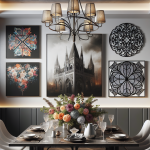

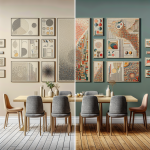
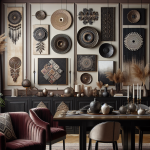
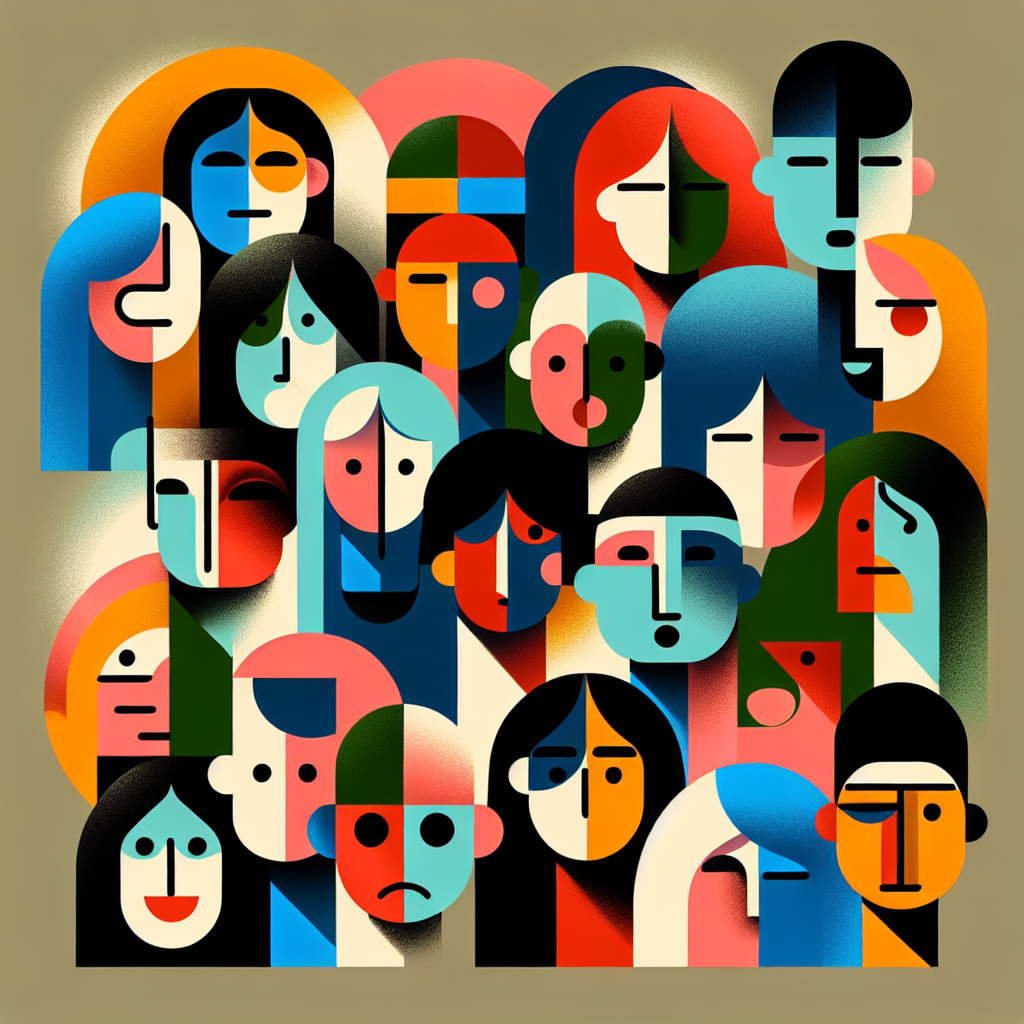
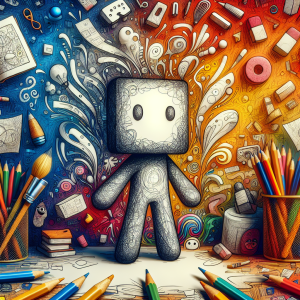
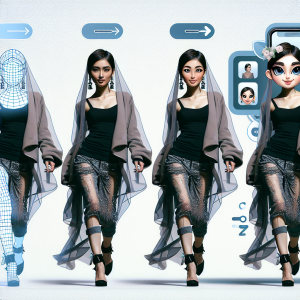
+ There are no comments
Add yours